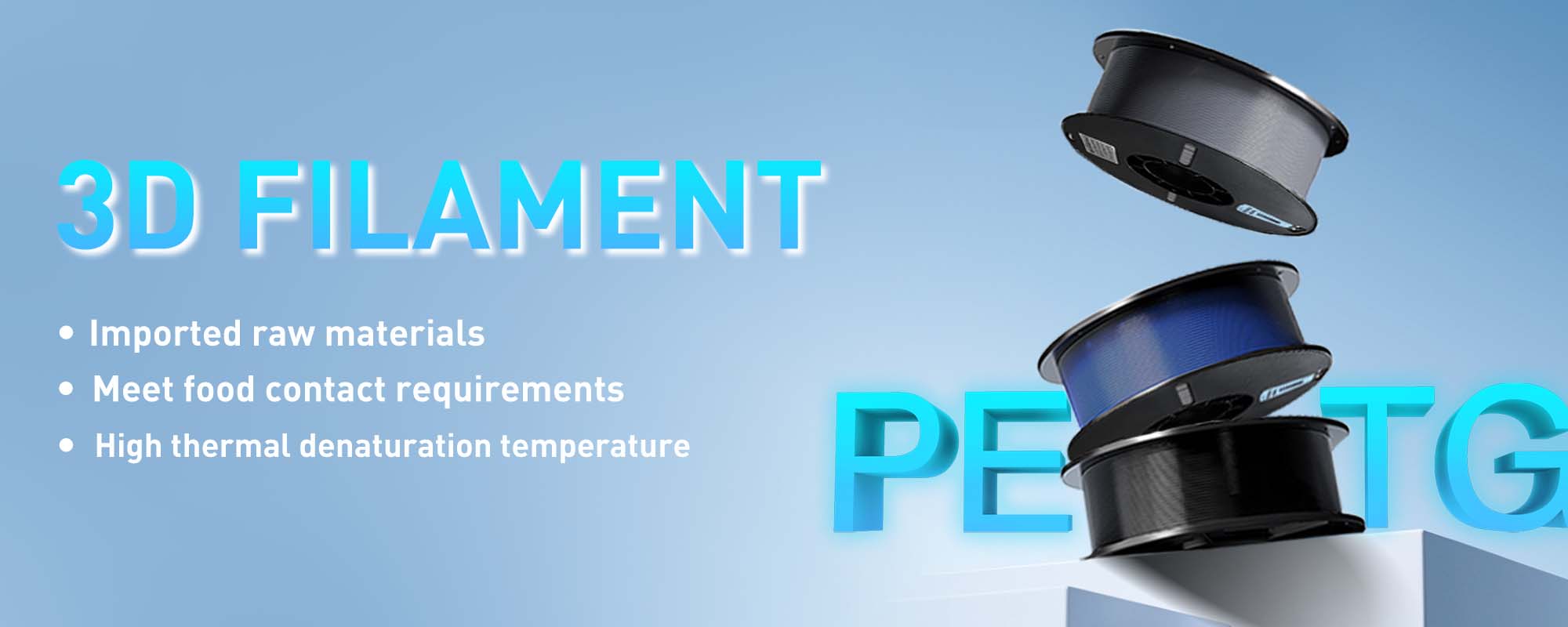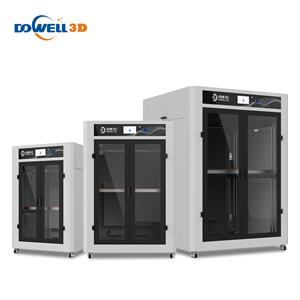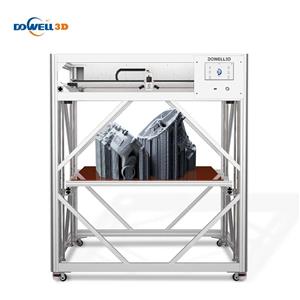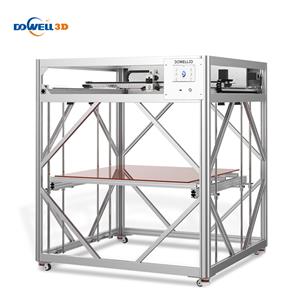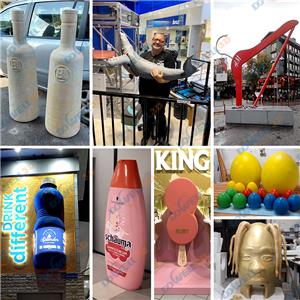How to Choose the Best Filament for Your 3D Printer: A Guide to PLA, PETG, and ABS
When it comes to 3D printing, choosing the right filament is crucial to achieving the best results.
The three most commonly used thermoplastics in 3D printing are PLA (Polylactic Acid), ABS (Acrylonitrile Butadiene Styrene),
and PETG (Polyethylene Terephthalate Glycol-modified).
Whether you're a hobbyist, a small business owner, or an educator, understanding the differences between PLA, PETG, and ABS can make
all the difference in your projects. Each filament has its own unique set of properties that make it ideal for specific applications.
In this guide, we'll explore the key characteristics of these three popular materials and help you decide which one is best for your 3D printing
needs.
What is PLA?
PLA (Polylactic Acid) is one of the most common and beginner-friendly filaments available for 3D printers. Derived from renewable
resources such as corn starch or sugarcane, PLA is an environmentally friendly option that’s popular for both personal and professional use.
Key Features of PLA:
Ease of Use: PLA is known for being easy to print with, making it perfect for beginners.
Low Printing Temperature: PLA prints at relatively low temperatures (190°C–220°C), making it ideal for entry-level 3D printers.
Surface Finish: PLA provides a smooth, glossy finish, making it a great choice for decorative prints, prototypes, and models.
Strength: While PLA is strong, it’s also more brittle than other materials like ABS or PETG.
Best Uses for PLA:
Prototyping: PLA is ideal for creating prototypes that don’t require high durability.
Educational Projects: Since it’s easy to print and produces excellent detail, it’s great for classrooms or hobbyist projects.
Decorative Prints: PLA’s vibrant colors and smooth finish make it a go-to for printing non-functional items.
What is PETG?
PETG (Polyethylene Terephthalate Glycol) is a more advanced filament compared to PLA. It’s known for its combination of strength,
flexibility, and durability. PETG is a great option if you need a filament that balances ease of printing with functional strength.
Key Features of PETG:
PETG offers a balance between the strength of ABS and the printability of PLA, with good layer
adhesion and chemical resistance.
Durability: PETG is stronger and more flexible than PLA, making it resistant to breaking and cracking.
High Temperature Resistance: PETG has a higher heat resistance than PLA.
Water Resistance: PETG is less hygroscopic (absorbs less moisture) compared to PLA, which means it's more resistant to
environmental factors like humidity.
Easy to Print: Like PLA, PETG is relatively easy to print with, though it requires a slightly higher printing temperature (220°C–250°C).
Best Uses for PETG:
Functional Parts: PETG is perfect for creating parts that require impact resistance, like mechanical parts, gears, and clips.
Outdoor Applications: Thanks to its resistance to UV light and water, PETG is a good option for outdoor models or items exposed.
Durable Prototypes: For parts that need to stand up to wear and tear, PETG is a better choice than PLA.
What is ABS?
ABS (Acrylonitrile Butadiene Styrene) is a versatile and strong filament that has been a staple in the 3D printing world for years.
It’s known for its toughness, heat resistance, and ability to be post-processed (like sanding or painting).
Key Features of ABS:
Strength and Durability: ABS filament is much stronger and more durable than both PLA and PETG, making it ideal for functional
parts that need to withstand stress and high temperatures.
Higher Printing Temperature: ABS typically prints at temperatures between 230°C–270°C and requires a heated bed (95°C–110°C)
to prevent warping.
Post-Processing Options: ABS can be easily sanded, painted, or smoothed using acetone vapor, allowing for a professional finish.
Warping: One of the downsides of ABS is that it can warp if not printed on a heated bed, making it more difficult to print with
compared to PLA and PETG.
Best Uses for ABS:
Functional and Mechanical Parts: ABS is perfect for parts that need to endure high stress, such as automotive parts, tools,
and hinges.
Custom Prototyping: When durability and post-processing are important, ABS is a strong choice for prototypes that will be
used in real-world applications.
Industrial Applications: Many industries use ABS for creating parts that need strength, heat resistance, and the ability to be
post-processed.
How to Choose the Right Filament for Your 3D Printer?
Now that you know the properties of PLA, PETG, and ABS, how do you choose the best filament for your project? Here are some
factors to consider when selecting the right material for your 3D printing needs:
Project Type:
Are you printing decorative items, functional parts, or prototypes? If you're after high detail and smoothness, PLA is the way to go.
For more durable parts, opt for PETG or ABS.
Printability:
If you are a beginner, PLA is your best bet for easy printing. PETG is also beginner-friendly, but ABS requires more careful control
over temperature and printing conditions.
Durability:
If your print needs to withstand wear and tear, or if it will be exposed to high temperatures or outdoor conditions, go with PETG or ABS.
Environmental Impact:
PLA is the most eco-friendly option, as it's biodegradable and made from renewable resources. If sustainability is a concern,
PLA is a clear winner.
Conclusion
Choosing the right filament for your 3D printer depends on the specific requirements of your project. PLA is great for beginners and
decorative prints, PETG strikes a balance between ease of use and durability, and ABS is perfect for functional, high-strength parts.
Understanding the properties of each filament will help you make the best decision for your next 3D printing project.
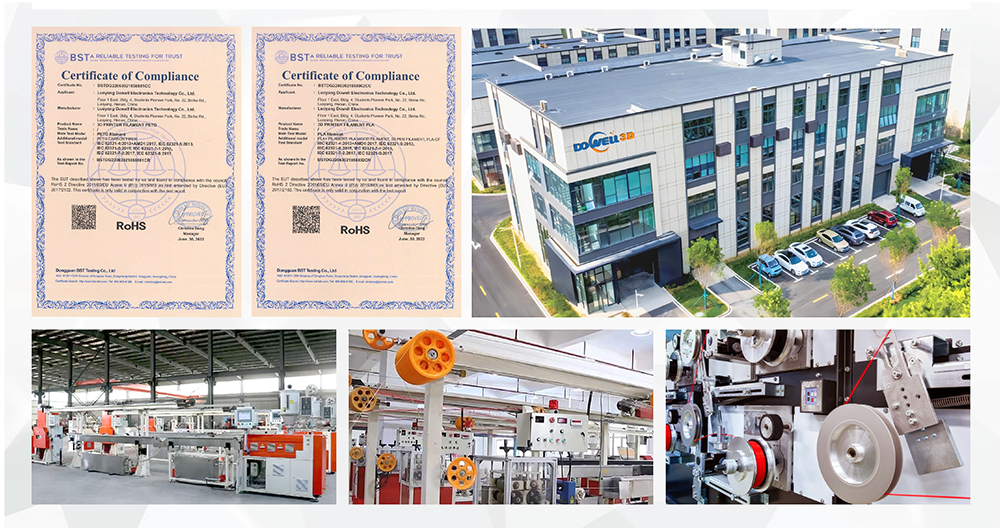
DOWELL3D as a professional manufacturer of 3D printers and printer consumables, has over 11 years of experience.
We prioritize quality assurance and provide dedicated professional support.
Please feel free to contact us with your requirements for more detailed information!



